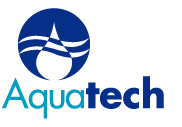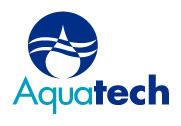Aquatech’s Managing Director Devesh Sharma recently wrote a piece for International Desalination Association‘s Global Connection magazine. The article, titled “Managing the Economics of Water Risk” was featured in the January issue. Below is an excerpt from the article:

“The issue of understanding and managing water risk has become more compelling than ever. It all starts with water scarcity, which, as we know is becoming more critical around the world. Water scarcity drives environmental regulation, it forces the utilization of more difficult and unconventional water sources to meet demand, and ultimately drives more risk…to not only water operations but to the industrial facility as a whole.
The economic impact of water risk has been seen by industry through the lens of short-term costs associated with water treatment operations. This long-held but rather flawed perspective is focused on the fear of spending too much money, leading decision makers through a procurement process that is motivated on “securing the best deal.”
This traditional approach has produced varying results, as it is based on customers taking a very CAPEX-oriented view. In fact, this practice is shortsighted as the operating costs, which include manpower, energy consumption, chemicals, and consumables (such as membrane replacements) will dwarf the capital cost over the lifecycle of a water plant.
Nevertheless, we still see a reverse 80/20 assessment, with 80% of the focus being placed on the capital costs. Recognizing this imbalance, many industries have evolved their thinking and are now attempting to balance the evaluation of capital and operating cost on a new present value basis.
In reality, what is needed is an entirely different model. Even if industries adopt an ideal analysis that looks at a plant’s total lifecycle cost, they need to go beyond this. I believe the discussion needs to be reframed into one that centers on how companies manage their water risk, and do so according to a whole new paradigm that is integrated into their broader operations.”
Read more here.

